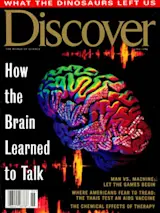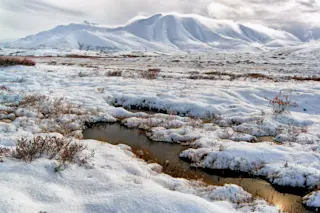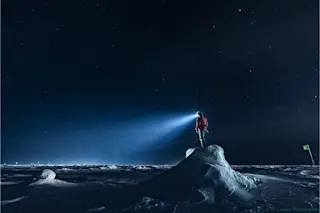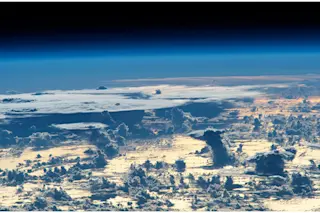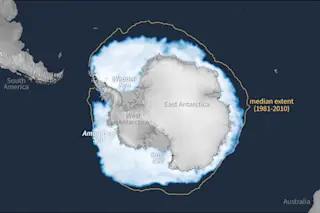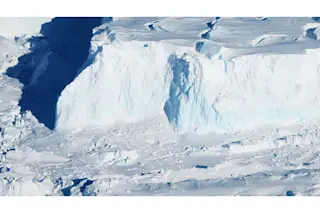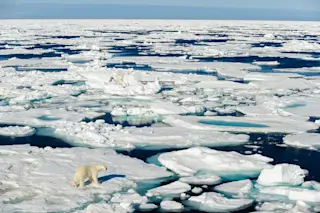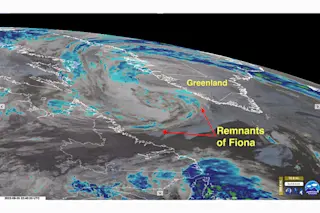Somebody had a bad day, Neil Bettez calls over his shoulder. Huffing and puffing under my backpack ten paces behind him, I can see what’s at his feet: bleached, broken bones, strewn in a rough circle on the mosses and grasses of the tundra we’ve been crossing. I pick up an L-shaped chalk-colored thing, about the size of a small hammer. Half a caribou jaw. Green swirls eddy along the tops of the big molars. At the snout end, there’s a row of tiny white front teeth, like a toddler’s. The rest of the jaw has been snapped away like a wishbone.
For the past six summers Bettez has hiked over this turf, working as an assistant to the ecologists based at the ramshackle camp a mile or so behind us, across a half mile of rolling hills, on the other side of black Toolik Lake. Piles of bones are ...


